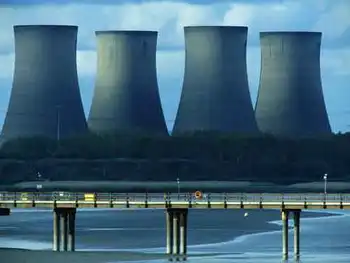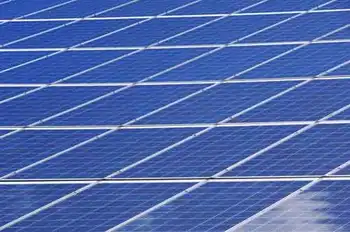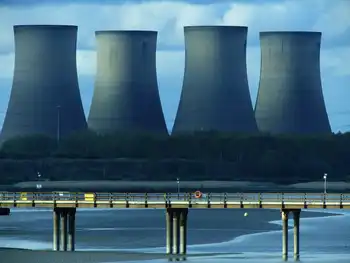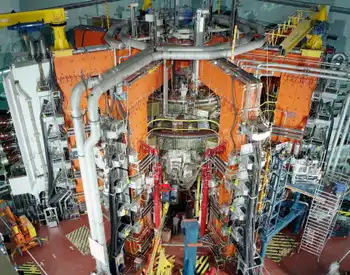'For now, we're not touching it': Quebec closes door on nuclear power

Substation Relay Protection Training
Our customized live online or in‑person group training can be delivered to your staff at your location.

- Live Online
- 12 hours Instructor-led
- Group Training Available
Quebec Energy Strategy focuses on hydropower, energy efficiency, and new dams as Hydro-Qu�e9bec pursues Churchill Falls deals and the Champlain Hudson Power Express to New York, while nuclear power remains off the agenda.
Key Points
Quebec's plan prioritizes hydropower, efficiency, and new dams, excludes nuclear, and expands exports via CHPE.
✅ Nuclear power shelved; focus on renewables and dams
✅ Hydro-Qu�e9bec pursues Churchill Falls and Gull Island talks
✅ CHPE line to New York advances; export contract with NYSERDA
Quebec Premier François Legault has closed the door on nuclear power, at least for now.
"For the time being, we're not touching it," said Legault when asked about the subject at a press scrum in New York on Tuesday.
The government is looking for new sources of energy as Hydro-Québec begins talks on a $185-billion strategy to wean the province off fossil fuels. In an interview with The Canadian Press at Quebec's official residence in New York, Legault said there are a number of avenues to explore:
- Energy efficiency.
- Negotiations with Newfoundland and Labrador over Churchill Falls and Gull Island.
- Upgrading existing dams and building new ones.
"Nuclear power is not on the agenda," he said.
Yet the premier seemed open to the nuclear question some time ago. In August, Radio-Canada reported that he had raised the idea of nuclear power in front of dozens of MNAs at the National Assembly last April.
Also in August, Hydro-Québec was evaluating the possibility of reopening the Gentilly-2 nuclear power plant, which has been closed since 2012.
Asked about his leader's statement on Tuesday, the Minister of the Economy, Pierre Fitzgibbon, maintained his line: "At the moment, we're looking at everything that's possible because we know that we have a significant deficit in the supply of green energy," he said.
Another step forward for the Quebec-New York line
Premier Legault took part in Tuesday morning's announcement that construction had begun on the New York converter station of the Champlain Hudson Power Express line. New York State Governor Kathy Hochul was present at the announcement.
In November 2021, Hydro-Québec signed a contract with the New York State Energy Research and Development Authority (NYSERDA) to export 10.4 terawatt-hours of electricity to the American metropolis over 25 years, while Ontario declined to renew a deal with Quebec.
At a time when the Quebec government is constantly asserting that more energy will be needed for future economic projects -- particularly the battery industry -- Legault sees no contradiction in selling electricity to the Americans and to neighboring provinces such as NB Power deals to import Hydro-Québec power.
"Whether it's this contract or the contract for companies coming to set up in Quebec, it's out of the surplus we currently have in Quebec. Now, we have dozens of investment project proposals in Quebec where we need additional electricity," he explained.
The line will supply 20 per cent of New York City's electricity needs, despite transmission constraints on Quebec-to-U.S. deliveries. Commissioning is scheduled for May 2026. The spin-offs are estimated at $30 billion, according to the premier.
Will this money be used to finance new dams, such as the La Romaine hydroelectric complex built in recent years?
"It's certain that future projects will cost several tens of billions of dollars. Hydro-Québec has the capacity to borrow. It's a very healthy company. There's no doubt that these revenues will improve Hydro-Québec's image," he said.











